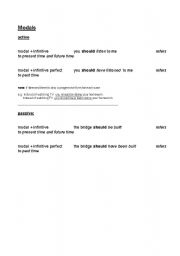
|
Formation of structures with modal verbs
The use of modals is like working with "building blocks". It is the combination of different infinitives with different modals. Knowing the different terms, of course, is vital.
Level: intermediate
Age: 12-17
Type: Choose
Downloads: 8
|
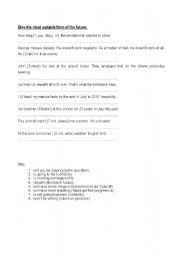
|
Future
Give the most suitable form of the future.
Level: intermediate
Age: 12-17
Type: worksheet
Downloads: 4
|
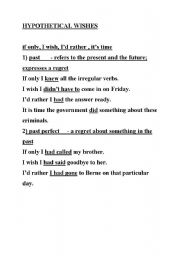
|
hypothetical wishes
Helps pupils to understand the concept.
Level: advanced
Age: 14-17
Type: grammar-guide
Downloads: 3
|
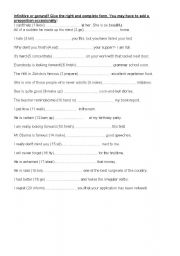
|
Infinitive or gerund?
Infinitive or gerund? Give the right and complete form. You may have to add a preposition occasionally.
Level: advanced
Age: 14-17
Type: worksheet
Downloads: 4
|
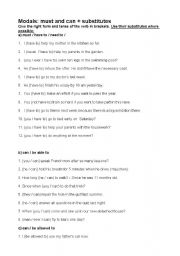
|
Modal verbs: must/can plus substitutes
Must / can: use of their substitutes in the following tenses:
present, present perfect, past and will-future
Level: elementary
Age: 12-17
Type: worksheet
Downloads: 3
|
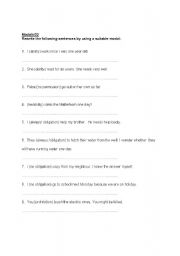
|
Modals
Rewrite the following sentences by using a suitable modal.
Level: intermediate
Age: 12-17
Type: worksheet
Downloads: 1
|
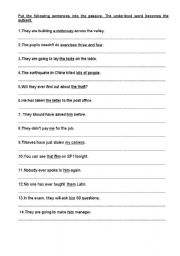
|
passive
Put the following sentences into the passive. The underlined word becomes the subject.
Level: intermediate
Age: 14-17
Type: worksheet
Downloads: 10
|
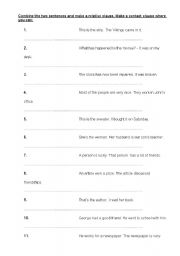
|
relative clause
Combine the two sentences and make a relative clause. Make a contact clause where you can.
Level: elementary
Age: 12-17
Type: worksheet
Downloads: 3
|
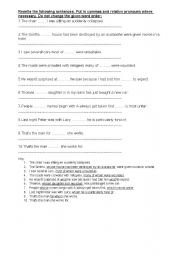
|
Relative Clauses
Rewrite the following sentences. Put in commas and relative pronouns where necessary. Do not change the given word order.
Level: intermediate
Age: 12-17
Type: worksheet
Downloads: 19
|
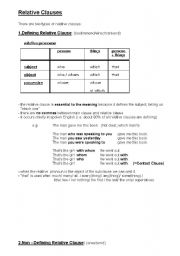
|
Relative Clauses
Useful survey of relative clauses
Level: intermediate
Age: 12-17
Type: grammar-guide
Downloads: 10
|